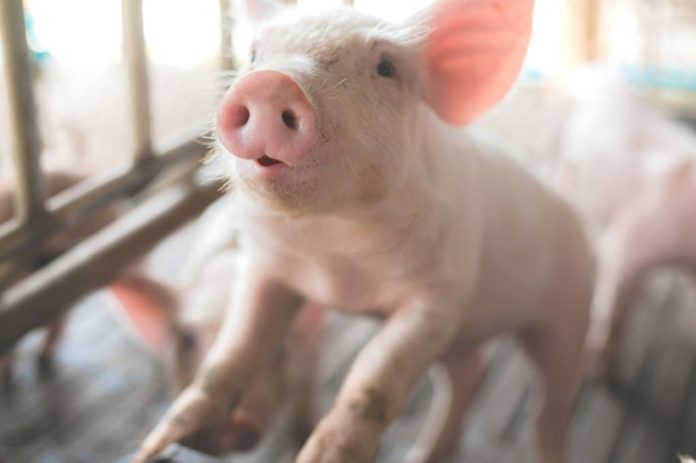Is it true that a pig’s grunt is worth a thousand words? Pigs’ emotions can now be decoded. That’s possible.
A multinational team of researchers has been the first in the world to interpret pig grunts into actual emotions using thousands of acoustic recordings collected throughout the life of pigs, from birth to death.
Using over 7000 pig audio recordings, the researchers developed an algorithm that can determine whether an individual pig is experiencing a positive emotion (‘happy’ or ‘excited’), a negative emotion (‘scared’ or’ stressed’), or something in between.
The recordings were made in a variety of conditions that commercial pigs face, both happy and bad, from the time they are born until the time they die.
As Associate Professor Elodie Briefer explains, “with this study, we demonstrate that animal sounds provide great insight into their emotions. We also prove that an algorithm can be used to decode and understand the emotions of pigs, which is an important step towards improved animal welfare for livestock.”
The researcher observed pig sounds in both commercial and experimental settings, which are either connected with a positive or negative mood based on the pigs’ behavior.
Piglets suckle from their moms in positive conditions, such as when they are reunited with their families after being separated. Separation, piglet fights, castration, and killing were among the emotionally distressing scenarios.
Additionally, the researchers devised mimic circumstances for the pigs in the experimental stables, with the goal of eliciting more nuanced emotions in the middle of the range. There was a play area with toys or food, as well as a play area with no stimuli. The pigs were also given new and unexpected objects to interact with in the arena by the researchers. The pigs’ cries, behavior, and heartrates were all monitored and recorded along the route.
The authors next evaluated the over 7000 audio recordings to determine whether there was a pattern in the noises as a function of emotions, and if they could distinguish between positive and negative events and feelings. In unpleasant scenarios, the researchers captured more high-frequency calls (such as yells and squeals), as previously demonstrated in earlier studies. Low-frequency noises (such as barks and grunts) were also heard in instances where the pigs were experiencing both positive and negative emotions.
Particularly fascinating were the circumstances that existed between the extremes. With a more in-depth examination of the sound data, the researchers discovered a new pattern that offered even more information about what the pigs went through in specific situations.
“There are clear differences in pig calls when we look at positive and negative situations. In positive situations, the calls are far shorter, with minor fluctuations in amplitude. Grunts, more specifically, begin high and gradually go lower in frequency. By training an algorithm to recognize these sounds, we can classify 92% of the calls to the correct emotion,” adds Elodie Briefer.
Animal emotion research is a relatively recent field that has emerged in the last 20 years. It is now well understood that livestock’s mental health is critical to their overall well-being. Nonetheless, today’s animal welfare is mostly concerned with livestock’s physical well-being. Indeed, for a farmer, there are various technologies that can automatically monitor an animal’s physical health.
Similar techniques to monitor animal mental health have yet to be created. The study’s authors anticipate that their algorithm will pave the way for a new platform that will allow farmers to monitor their animals’ psychological well-being.
“We have trained the algorithm to decode pig grunts. Now, we need someone who wants to develop the algorithm into an app that farmers can use to improve the welfare of their animals”, says Elodie Briefer.
She goes on to say that if enough data is collected to train the algorithm, it might be utilized to better understand the emotions of other mammals.
Source: 10.1038/s41598-022-07174-8
Image Credit: Getty
You were reading: Pigs really do have something to say: Grunts reveal their emotions
